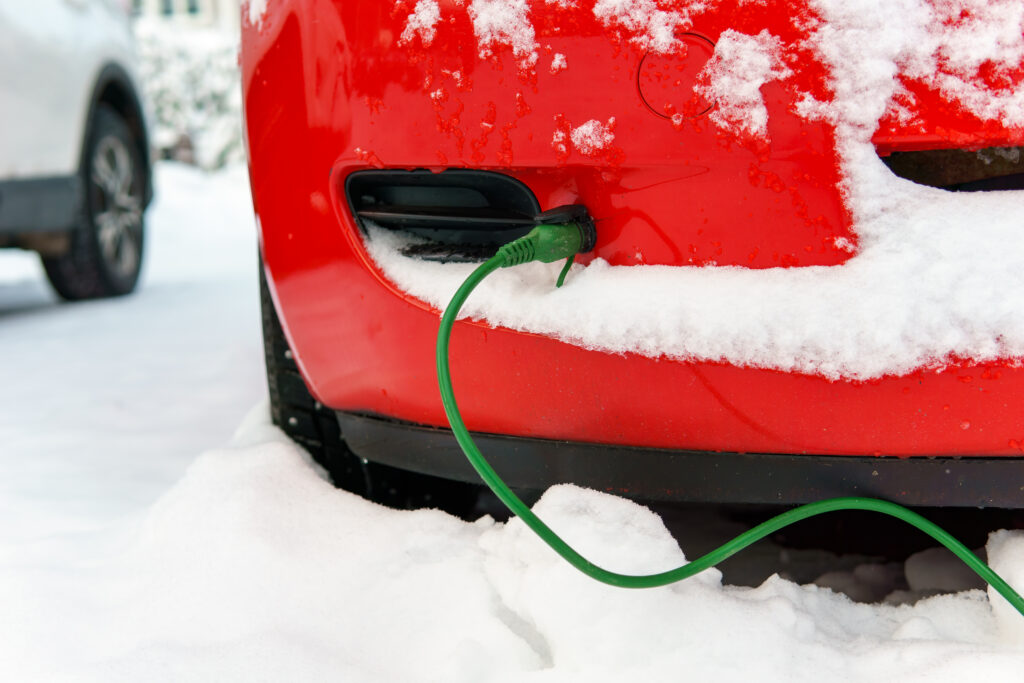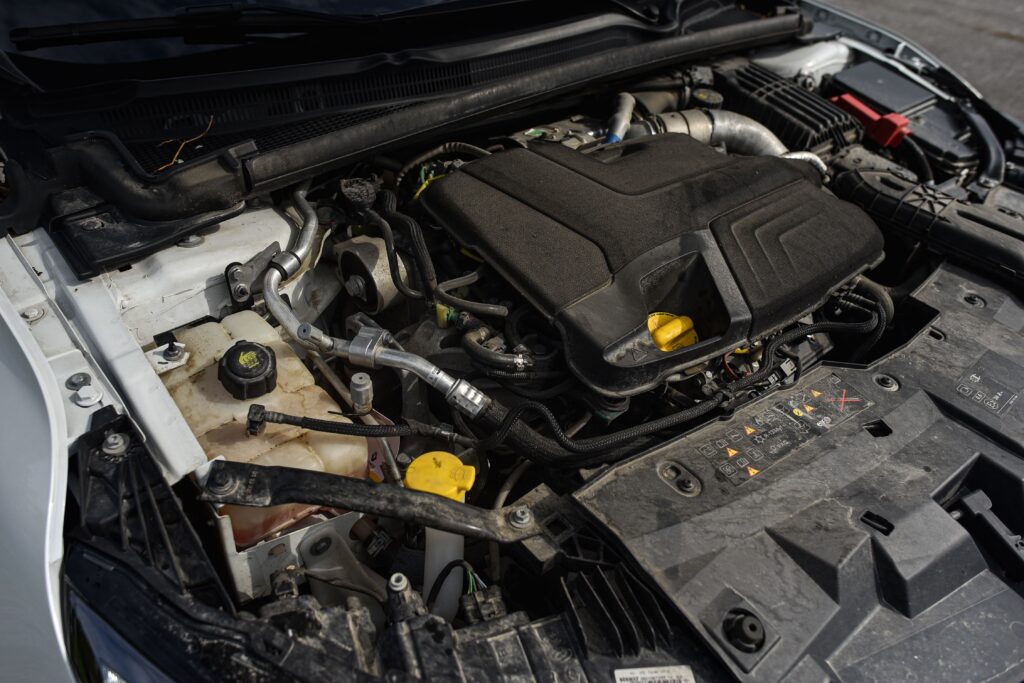Spark plugs may be small, but they pack a serious punch. After all, spark plugs have to provide enough power to fire up the ignition and start your engine. And if spark plugs fail, your car won’t start. So what causes spark plugs to wear out? And what are the signs you should look out for? We’re here to talk about everything you need to know about spark plugs.
Why Do Spark Plugs Wear Out?
A spark plug wearing out is a natural part of a spark plug’s life cycle. Every spark plug has a gap between two electrodes. And each time you start the engine, the electrodes inside the spark plug create an intense amount of heat that sparks a big enough arc of electricity to cross this gap and start your car. Over time, this heat will cause the electrodes to shorten, making the gap between the electrodes grow wider.
After a while, these electrodes get further and further apart, causing the electrodes to have a harder time sparking enough electricity to bridge this ever-increasing gap. And after enough time, this gap will be too big for the electrical arc to cross, causing the engine to fail to start.
What Are the Signs That You Need New Spark Plugs?
Fortunately, plenty of signs tell us that there’s a problem with our spark plugs. And chances are you’ve felt one or two of these signs before, whether you knew it was because of your spark plugs or not. Here are some common ways you’ll know to get your spark plugs replaced:
Hard Starting: If you have a hard time starting your engine, and it isn’t an issue with your car battery, then chances are high that your spark plugs aren’t able to create enough spark for a smooth engine start.
High Fuel Consumption: Worn-out spark plugs keep engines from working as efficiently as they should. Therefore, if you find that your fuel consumption is getting higher then it’s time to take a look at your spark plugs.
Rough Idling: As your vehicle idles, you might feel it hesitating, shaking, or vibrating. There might even be a rattling sound due to the force of the pistons and combustion not working correctly.
Slow Acceleration: If your car is harder to accelerate, it can also be because the spark plugs are not sparking as they should.
If you experience any of these signs, that means the spark plugs are putting stress on the engine and it’s time to seek out the auto repair you need.
How Often Should You Change Spark Plugs?
There are a few different types of spark plug materials out there: Copper, platinum, double platinum, iridium, and silver. How often you need to change them will depend on which material your spark plugs are made from.
It’s vital that you find the right spark plugs for your vehicle, as installing the wrong ones can damage your engine. You can take a look in your owner’s manual to find out how often your spark plugs need replacing, but it’s typically around every 30,000 miles. Although, this can change with a variety of factors, including:
- Driving habits: The faster you drive and accelerate, the more stress you’ll put on how hard a spark plug needs to work.
- Spark plug type: Not all spark plugs are created equal, and less durable ones will need to be changed more often.
- Engine condition: The better condition you keep your engine in, the longer your spark plugs will last.
Because of these factors, it’s important to refer to your owner’s manual on the type of spark plug your vehicle requires and how often you should change them. But you may need to replace them sooner depending on which materials your spark plugs use, especially if you feel your vehicle is experiencing any of the warning signs mentioned above.
How to Check Your Spark Plugs
The number of cylinders in your vehicle will determine how many spark plugs you’ll need to replace. The average vehicle has 4 spark plugs. However, 6-cylinders have 6 spark plugs, and 8-cylinder engines will have 8 spark plugs.
You can find these spark plugs located under the hood of your car, where you’ll find a bundle of 4-8 wires leading to your engine compartment. The spark plugs are located by your engine and are hidden by plug covers.
Removing the spark plug and looking for signs of wear will help you discover how well your engine is running. Although, if you don’t have experience removing spark plugs, we recommend taking your vehicle to an auto repair shop.
Here’s what an expert mechanic will look for:
- Carbon build-up
- Signs of engine flooding
- Signs of heat damage
- Oil build-up
- Worn electrodes
- Broken electrodes
Getting your spark plugs replaced can give you some serious benefits while driving. For one, you’ll see better fuel consumption, but you’ll also have much smoother engine starts, better car performance, and reduced air pollution.
All of these benefits will extend the life of your vehicle. Which is why proactive maintenance is so important. Getting regular tune ups will make your car last a lot longer.
Conclusion
Despite their relatively small size, spark plugs are a critical piece of your car and should be treated with care. Getting your vehicle the proactive maintenance it needs is an important part of keeping it functioning as it should and preventing many auto repair expenses.
Do you need new spark plugs? Naylor’s can give you the expert car care you need.





